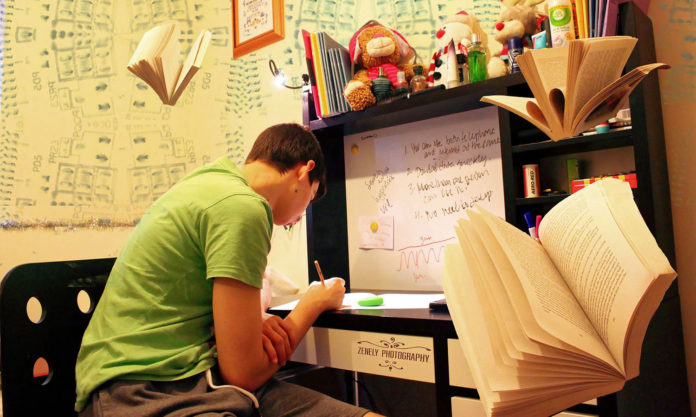
In a new post, Janice Hardy offers advice on finding the best way to tell your story. “No matter what anyone tells you, there is no ‘right’ way to write,” she says. “It’s a process that varies from writer to writer and even book to book.”
The simple method is to pose a compelling story question to the reader, then hold their interest until you answer it. Vague, but true, Hardy notes. However, there’s a difference between telling a story and writing a novel.
What is the best way to tell a story? “Storytelling is visceral, and depends on the person telling it more than the subject matter at hand,” Hardy says. “It’s not what you write about, it’s how you convey it to readers.” It stars with the story question, the reason you are telling the story about this particular character in this particular time and place. “If you can’t say what your story question is, odds are your story isn’t ready to write yet,” Hardy notes. “Unformed story questions typically lead to premise novels and novels that stall because they really don’t know what they want to be.”
When you know how you want to answer the story question, you’ll have an idea of how its direction. “Maybe you want a light, humorous romp of misunderstandings, or a dark, poignant look at the human condition,” Hardy writes. “Maybe you want to show an adventure that’s light on theme, or an exploration into the ethical gray area where there are no clear answers.”
This will also help you decide which characters are needed to answer the question. “The wrong people can derail a good story,” Hardy says. Identify which character will give you the most interesting options. “Characters who ‘know stuff’ are different from those who want to ‘figure out stuff,’ so be wary about picking people who already have the answers to your story question,” Hardy cautions.
Next, determine your conflict. “How can you make it physically and emotionally hard to answer that question?” Hardy asks. Regardless of the tone of your story, answering the story question should be difficult for your protagonist.
Now, what’s the best way to write a story? “Any damn way you want,” Hardy says. “Some people like to outline, others like to wing it, some like to write out of order and stitch it together afterward. Those are all perfectly legitimate ways to write your novel.” Find the process that works for you. If outlining doesn’t work, try beat sheets. If three-act structure feels too open-ended, try the Hero’s Journey. Don’t be afraid to experiment.
Hardy also recommends figuring out what you need to know about your story in order to write it. “It took me a long time to figure out that unless I knew what my ending was, I spent a lot of time spinning my wheels in act three,” she explains. “My plot moved, I had a lot going on and no trouble writing, but by the time I got to the end I wasn’t sure how to wrap it all up.” Every writing is different, and you may get stuck at a different point. However, the odds are that this problem happens at the same point in every book. “Once you find that issue, make fixing it part of your planning process so you don’t trip over it anymore,” Hardy recommends.











